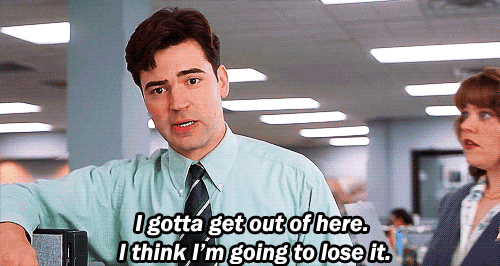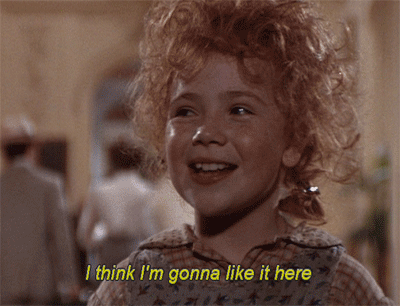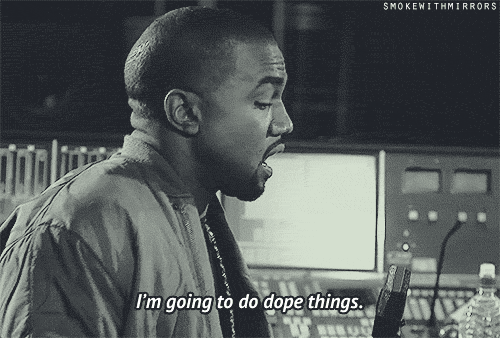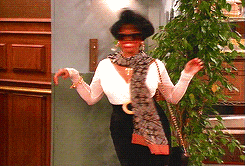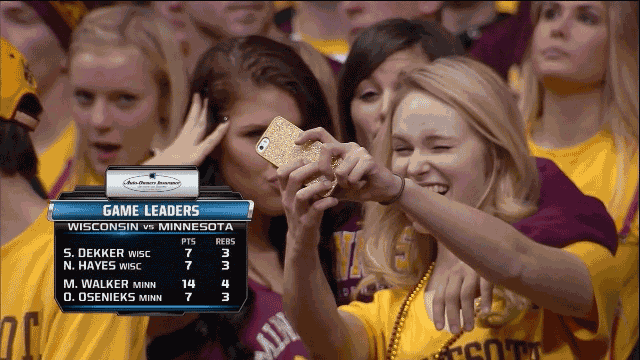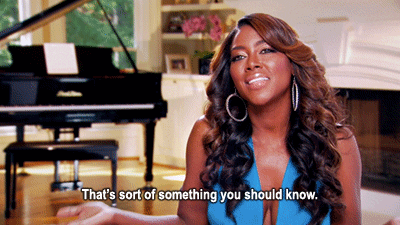So, you’re in the process of transferring to a new school. You’ve already been accepted, you're moving in and you've just gotten your new class schedule! But just when you thought you could breathe a sigh of relief, you now have to make new friends, adjust to a new environment and get back into your groove. It’s all enough to make you feel like you’re a freshman all over again, which can be a little overwhelming.
But when it comes to heading off to college, you’ve been there, done that (you did transfer from somewhere after all!). You already have all of the knowledge and tools you need to make your first semester as a transfer student a success, we promise. As you read through this guide to making the best of your transition, you’ll realize being a transfer student is no biggie at all!
1. Attend orientation activities
Orientation sessions aren’t just for freshmen! If you plan on navigating your new school like a pro, taking part in orientation activities will help make transferring schools easier. It provides the perfect opportunity to kill two birds with one stone: learning about your new school and making new friends. You’ll have a chance to ask any remaining questions you have in person, and it’s likely that you’ll meet other transfers who are having a similar experience. Plus, you may get the opportunity to hear from current students who can give you the inside scoop on the dos and don’ts at your new school.
2. Go to activity fairs
You’ve probably heard a thousand times that getting involved is a crucial step in acclimating to college life and figuring out where you fit in on campus. That’s because it’s true! Finding a club or two to join that piques your interests will not only be a gateway to your school’s social scene, but doing so will also help you feel like a part of your new college community.
Lucy Holmes-Higgin, who transferred from LIM College to St. John’s University, got involved in her school’s Panhellenic council and student government after her transition. “Don’t be afraid to put yourself out there,” Lucy says. “My biggest tip is to get involved as fast as possible.”
If you’re seeking a completely different scene and experience from your last school, consider joining groups that may be a little outside of your comfort zone. It’s important to take risks and get active as a transfer student if you plan on having a better experience at your new school.
3. Ask for help
No one particularly enjoys being labeled as the “new girl” (unless you’re Zooey Deschanel). You may feel embarrassed to ask for help out of fear that you’ll seem like a newbie who’s out of place. However, there’s no reason to be ashamed!
Marcela Alvarez, who transferred from the University of Puerto Rico to Carlos Albizu University, says it’s important to always look for opportunities to learn. “Ask questions, even if people treat you rudely when you do so,” says Marcela. “Don’t let that make you lose your cheerfulness.”
No one can expect you to know everything about your new campus right away, so don’t feel embarrassed to ask for help when you need it. It’ll make your experience a little less stressful when you don’t have to roam around aimlessly looking for the library while trying to figure out where your professor posts lecture notes. And as an added bonus, asking a peer for help could blossom into a friendship!
4. Take opportunities to meet new people
There are plenty of opportunities for you to meet new people so that you don’t have to feel alone after transferring to a new school. From the student you chatted with during orientation, to someone you’ve met in a new club, to the person standing in front of you at the local coffee shop, there are always ways to find other students to connect with on campus.
Kendall Jackson, a senior who transferred from College of the Canyons to the University of California met her closest friends in the transfer housing her school offered. “Just keeping an open door the first couple of days and then going to the other apartments to introduce myself really worked for me,” says Kendall.
Making new friends can start long before you arrive on campus. Marissa Campbell spent her freshman year at Salem State University before transferring to Framingham State University. She used the power of social media to get a head start on connecting with her peers. “I looked forward to meeting new people,” says Marissa. “I was able to start finding friends before I even went to the school.”
Most colleges have Facebook groups and pages for individual class years, so it’s easier than ever to connect with students who already attend your new school. You may be able to make a friend or two before transferring, making the transition a little smoother and less lonely.
5. Take charge on campus
To get the most out of your transition, consider taking on a leadership position on campus. Having an important role may help you feel like you’re taking control and actively shaping your experience at your new school. Lucy credits much of her success as a transfer student to her decision to get involved in student government. Similarly, Marcela improved her experience by founding a new club.
“Do something to be acknowledged. Do something that makes people want to know you later on,” Marcela says. “I started the Her Campus chapter at my school and it has brought me some sort of acknowledgement from the students, the professors and school officials such as the dean.”
Starting your own club may help you fit in better on campus if you feel your new school lacks something that would help you feel more at home. It will also give you the opportunity to meet others with similar interests. Participating in student government may aid your transition by getting you involved directly with student life. You may be able to draw from your previous experience to influence student life at your new school in a positive way that improves your transition while benefiting others.
6. Learn from your previous choices
Students often transfer because they were unhappy with their previous institution for a variety of reasons. It’s important not to make the same choices that you made before if you plan on having a better experience at your new university. Marissa says she initially started aligning herself with the same crowd as before, but once she stopped making the same mistakes, it changed everything.
“I used transferring as a way to become the type of student and person I wanted to be. I found a great group of friends, reached out and made connections with faculty, joined clubs and got involved,” she says.
Remember that you can use this new beginning at a new school to start fresh and have the college experience you always wanted. Try making a list of all of the things you liked and disliked about your previous experience. Continue doing what improved your time at your old school, and try to avoid all of the things that led to a negative experience. As long as you remain positive and you’re proactive in making for a better situation, you’re sure to see improvement!
Transferring from one college to another will probably not be a walk in the park all of the time, but having a smooth transition isn’t impossible! With an open mind and a little effort, you’ll be well on your way to making that first semester a breeze. Soon, you’ll be effortlessly blending in on your new campus, ready to show the next transfer the ropes!




















 Though I'm usually not one to judge a book by its cover, the first time I met Beth, her sturdy frame, bushy hair and nondescript garb didn't exactly do much to scream "seductress." In fact, as she unloaded her boxes of physics and calculus textbooks the first day of move-in, "sex-addict" was possibly the last label I would have ever branded her with.
Though I'm usually not one to judge a book by its cover, the first time I met Beth, her sturdy frame, bushy hair and nondescript garb didn't exactly do much to scream "seductress." In fact, as she unloaded her boxes of physics and calculus textbooks the first day of move-in, "sex-addict" was possibly the last label I would have ever branded her with.




